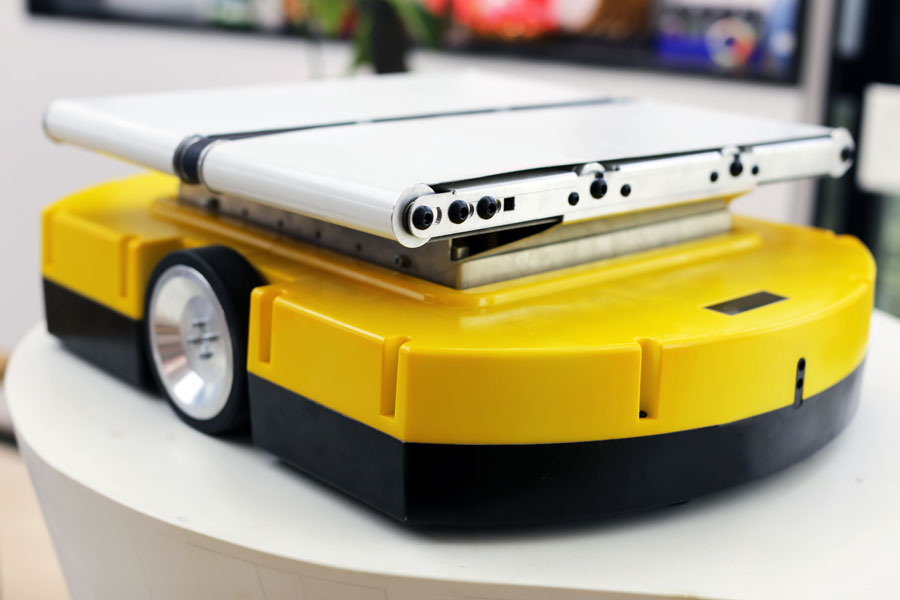Kmart Australia deploys Tompkins Robotics’ AMRs to optimize operations in its New Zealand hub.Shoppers in Australia and New Zealand...
Kmart Australia deploys Tompkins Robotics’ AMRs to optimize operations in its New Zealand hub.
![]()
Shoppers in Australia and New Zealand in search of apparel and home goods have long headed for the aisles of Kmart Australia, a discount retail chain with more than 300 stores and 31,000 employees across the region. Originally licensed in 1969 from American Kmart founder the S.S. Kresge Co., Kmart Australia has been owned outright since 2007 by Wesfarmers Ltd.,an Australian conglomerate headquartered in Perth.
In 2021, Kmart Australia leaders began looking for a solution to boost throughput and reduce their reliance on labor at the chain’s Auckland, New Zealand, distribution and fulfillment hub. After a detailed RFP (request for proposal) process, the company selected the tSort automated solution from Tompkins Robotics to optimize the facility’s operations.
Although the leaders were confident they had chosen the optimal solution, the project got off to a rocky start—namely, installation delays brought on by pandemic restrictions. But Tompkins quickly found a workaround: It enlisted a local integrator and, with its help, was able to install, test, and commission the automated system remotely, according to C. Thompson Brockmann, Tompkins’ VP of operations. In the end, the partners managed to implement the technology in less than five months, going live with the project in May 2021.
SORTING THINGS OUT
Kmart Australia’s new tSort solution consists of autonomous mobile robots (AMRs) whose activities are directed by a cloud-based warehouse execution system (WES) that can be integrated with a number of warehouse management systems. The robots at the heart of the system can carry items weighing up to 33 pounds and packages measuring up to 18 by 26 inches, cruising at speeds of 5.5 mph. Once in motion, the tSort performs much like a tilt-tray or crossbelt sorter without a fixed track, allowing independent robots to travel freely to any divert or induction station along the shortest path, according to Tompkins. To maximize uptime, the units are able to charge their batteries in five to eight minutes and can then work a full four-hour shift, the developer adds.
Today, Kmart Australia uses the scaleable system to support high-volume stores with a wide product mix and unique product handling requirements for case, inner pack, and item sortation. As a result, the retailer has seen a reduction in manual handling activities on site, increased throughput to meet store growth and volume, reduced space requirements by 60% over traditional solutions, and delivered an improved financial outcome for its business, Kmart Australia said in a statement.







 粤公网安备 44010602003952号
粤公网安备 44010602003952号